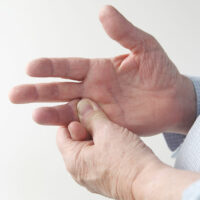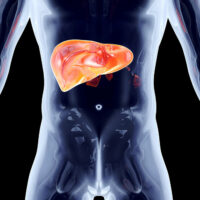13 telltale signs of eosinophilic esophagitis

Eosinophilic esophagitis (EoE) is a chronic esophagus disease, and its impact on daily life is significant. Characterized by the inflammation of the esophagus, EoE can manifest through various symptoms. This article delves into the often-overlooked signs and symptoms of EoE, shedding light on this condition that affects the esophagus and exploring how it manifests in those who experience it. Understanding these telltale signs is essential for early recognition and appropriate medical attention.
Difficulty swallowing
One of the most common signs of EoE is dysphagia which refers to a medical term for difficulty swallowing. Individuals with EoE may experience a sensation of food becoming stuck in their throat or chest, making eating a challenging and sometimes painful process.
Food impactions
EoE can lead to food impactions, where solid food pieces remain lodged in the esophagus. This can be a frightening experience and often requires medical intervention to remove the obstructing food.
Persistent heartburn
Individuals with EoE often experience chronic heartburn that does not respond well to over-the-counter antacids or lifestyle changes. This persistent heartburn can significantly impact their quality of life.
Regurgitation
EoE can cause regurgitation, where undigested food and stomach acid flow back into the mouth. This can be not only uncomfortable but also embarrassing for those affected.
Chest pain
Some individuals with EoE may experience chest pain, which can be mistaken for heart-related issues. This pain typically occurs during or after eating and is caused by the inflammation and narrowing of the esophagus.
Vomiting
Nausea and vomiting can be symptoms of EoE, especially in children. Frequent vomiting can lead to malnutrition and impaired growth in young patients.
Developmental impediments
In children, EoE may lead to a condition known as “failure to thrive.” This means that a child’s growth and development are significantly below the expected norms for their age, often due to difficulties with eating and nutrition.
Reflux-like symptoms
EoE can mimic the symptoms of gastroesophageal reflux disease (GERD), including regurgitation, heartburn, and acid reflux. However, traditional treatments for GERD may not be effective in managing EoE symptoms.
Abdominal pain
Some individuals with EoE experience recurring abdominal pain, which can be distressing and impact their daily activities.
Chronic cough
A persistent cough that does not respond to common cough remedies may indicate EoE. The inflammation in the esophagus can trigger reflexes that lead to a chronic cough.
Throat and mouth issues
EoE can cause throat and mouth problems, such as sore throat, hoarseness, and irritation. This can affect an individual’s ability to speak and eat comfortably.
Difficulty sleeping
Many people with EoE find sleeping difficult due to the discomfort and symptoms, especially when lying down after a meal.
Food aversion
Because eating can be painful for those with EoE, they may develop food aversions, limiting their meals to only a few safe foods.
Recognizing the signs of EoE is vital for early diagnosis. Those experiencing the above symptoms must seek immediate medical evaluation for early diagnosis. Reliable sources and expert medical guidance are fundamental for understanding and managing chronic esophageal inflammation.





